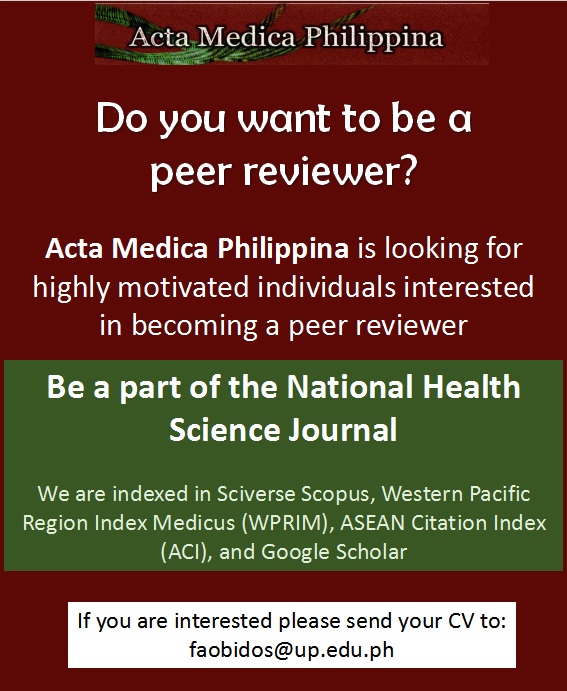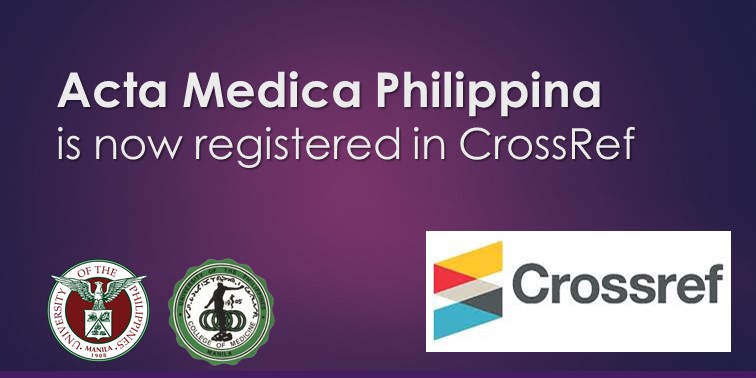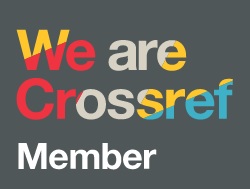The All-of-Society Approach to Evidence-informed Policymaking in the Implementation of the Universal Healthcare Act of 2019
DOI:
https://doi.org/10.47895/amp.v59i16.13853Abstract
The article “Breast Cancer in the Philippines: A Financing Cost Assessment Study” by Valera et al. epitomizes the “research-to-policy” paradigm and is a good model for public health and clinical researchers to follow.
The scientific process of identifying a health-related problem, asking the question as to why the problem exists, suggesting a hypothetical answer and then gathering data to be able to test this hypothesis in an objective and unbiased manner requires rigorous discipline expected from a clinical researcher or trialist.
Public health research follows the same process of identifying a public health problem, hypothesizing as to the cause of the problem, gathering of data, and then recommending solutions to said problem. Public health leaders and governing bodies then create policy from the research findings, hence the terms “research-to-policy” or “evidence-informed policymaking.”
In the Valera article, the problem presented is that breast cancer is the most diagnosed cancer in the Philippines, and accounts for 17.7% of all incident cancers annually in the country. This translates to 33,079 women diagnosed every year who are diagnosed usually in later stages of the disease when standard treatment requires not just surgery (which is sufficient treatment for stage 1 breast cancer) but surgery, radiation, and chemotherapy. Each form of treatment drives the cost of care up, making the benefits derived from such treatment, like cure, or extension of life, or improvement in quality of life – inaccessible to most and inequitable in distribution.
As a basis for their costing exercise, the authors chose as their use case a triple-positive Stage IIB breast cancer patient who would likely die from her disease unless she undergoes treatment.
With treatment, the 5-year survival rate of Stage IIB breast cancer is 99%. Standard treatment for Stage IIB triplepositive breast cancer includes surgery followed by radiation, followed by six months of chemotherapy overlapping with 12 months of immunotherapy, then 5 to 10 years’ worth of hormonal therapy. The total cost of the entire treatment package was estimated to be between 1.6 to 1.8 million pesos.
The study authors also discussed some of the challenges they met in the conduct of this study, including the reluctance of hospitals to share their surgery and radiation cost data, the absence of approved Clinical Practice Guidelines for Breast Cancer at the start of the study, and the need to update the Relative Value System (RVS) and the Peso Conversion Factor (PCF) of Philhealth.
The authors end with a clarion call, 1) for recognition that advancements in the diagnosis and treatment of breast cancer can only mean rising costs for the patients and their payors in the very near future, 2) that costing should be adjusted and expenditures lowered, 3) that expenditure can be lowered greatly by setting up a budget for early diagnosis through screening programs, 4) that the government should consider dividing cancer care into initial, continuing, and end-of-life phases to ensure quality of life and appropriate medical care for all breast cancer patients, and 5) for each breast cancer treatment facility to have their own integrated, interoperable, and comprehensive cost data library.
This study started in the midst of COVID-19 in 2021, and was presented to the Department of Health in October, 2023. The entire process “from research-to-policy” took three years, and in March 1, 2024, the 12-year-old Philhealth Z Benefit Package increased from 100,000.00 or 6% of the actual cost of treatment for breast cancer stage I, II, or III to 1,400,000.00 or 80% of the actual cost of treatment, largely due to the results of this study.
Additionally, Stage 4 breast cancer patients undergoing palliative chemotherapy or hormonal therapy can have their medicines covered by the updated Z Benefit Package for Breast Cancer of Philhealth.
Implementation on the ground was not easy and continues to be a challenge. The excitement generated by the announcement in major dailies naturally led to high expectations from patients and eventual disappointment at not being able to find Philhealth-contracted hospitals offering the Z Benefit Package for Breast Cancer near their communities.
Today, there is at least one contracted health facility for Breast Cancer Z Benefit Package in each of the 13 regions of the country. Majority of these hospitals are public hospitals or DOH hospitals, but some private hospitals have patients also seeking the benefits of this program and therefore are finding ways to work with Philhealth for this to happen.
The public health research data lifecycle begins with an individual patient or small cohort of patients and ends with the bigger population of patients with the same health problem. Valera et al., in publishing this paper, have given an example of how a research team composed of clinical domain experts, public health specialists, health economists, biostatisticians, research managers, policymakers, and patients, taking the all-of-society team approach, using the Universal Healthcare Act as its marching orders, can contribute toward “achieving better health outcomes through an equitable, sustainable, and quality healthcare system.”
Downloads
Published
Issue
Section
License
Copyright (c) 2025 Acta Medica Philippina

This work is licensed under a Creative Commons Attribution-NonCommercial-NoDerivatives 4.0 International License.




.jpg)



